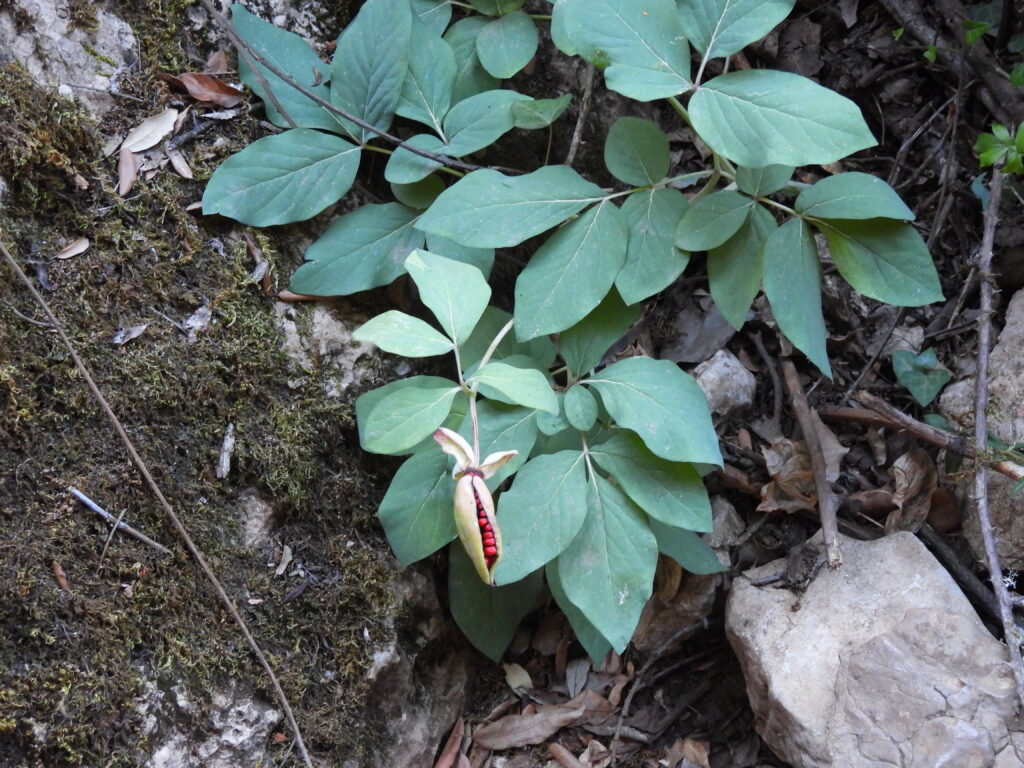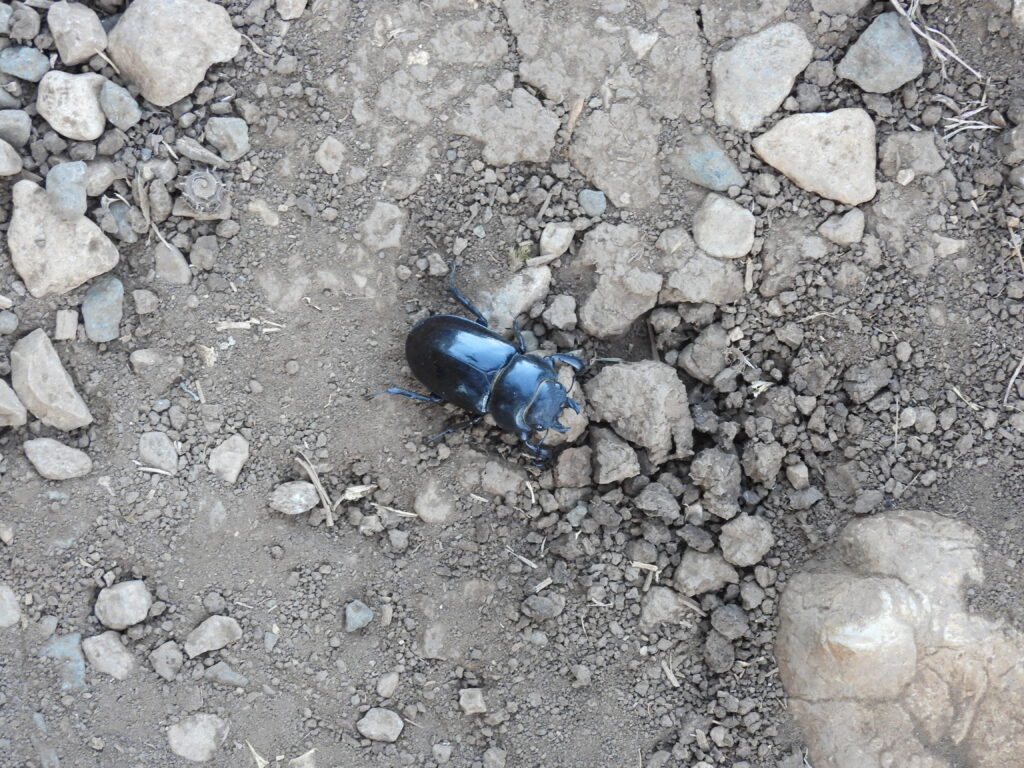North of Málaga in southern Spain lies a mountain famous by their impressive rock formations. Different Jurassic limestones were pushed high up out of the water for thousands of millions of years, and the erosion throughout that time created one of the most astonishing karst landscapes in Andalusia. El Torcal in Antequera is today classified as a Global Geosite and a UNESCO World Heritage site, but its biodiversity motivated its declaration as a bird Special Conservation Area (ZEPA: Zona de Especial Protección para las Aves). As Darío Gijón and I visited Málaga for a long weekend in August, we drove to this nearby spot for some wildlife encounters.

Arriving to Antequera on August 5th from the north road, we wandered through streets and promenades full of tile-roofed white houses and beautiful sights, and enjoy some tapas. We then drove south to El Torcal visitors center, a half an hour drive that we made while it was still night. At our arrival, a sky full of stars welcomes us, the Milky Way clearly visible. Then we waited till dawn in the visitors center area, but recognized the first inhabitants of the park just around the parking lot from inside the car — the weather was chilly for August. Chubby bird silhouettes looking for food like sparrows result in confiding rock buntings (Emberiza cia). Also looking for food, a red fox (Vulpes vulpes) patroled the area without success. Right after that, a massive male Iberian ibex (Capra pyrenaica) walked calmly over the concrete. There were tens of them all around us, in small family groups, with no fear to visitors — indeed, some stayed in the open even in full day.

Different circular routes start from the visitors center. The most popularines are the yellow itinerary, which leads to the highest area of the massif, and the green one, a shortcut of the yellow through a beautiful valley full of Montpelier maples (Acer monspessulanum), Mediterranean buckthorns (Rhamnus alaternus) and holm oaks (Quercus rotundifolia). We ended up hiking through both of them. However, groups of Iberian ibex seemed more numerous in the diversion point between both routes, closest to the visitor’s center. Some crossed the path really close to tourists, providing great photography opportunities even if light was still poor at dawn. We saw a male Iberian stag beetle (Lucanus barbarossa) in the crossroad, as well as several Sardinian warblers (Curruca melanocephala) and black redstarts (Phoenicurus ochruros).

The diversion point valley was one of the most open areas along both routes and we spent a great deal of time scoping up the bushes around it. Good numbers of western Iberian warblers (Curruca iberiae) and Eurasian goldfinches (Carduelis carduelis) could be found almost in every shrub. Additionally, we sighted some western Bonelli’s warblers (Phylloscopus bonelli), a western Orphean warbler (Curruca hortensis) and a territorial Eurasian wren (Troglodytes troglodytes). Also we detected the only raptors of our visit: several griffon vultures (Gyps fulvus) and a booted eagle (Hieraeetus pennatus) flying south.

Later, the path gets narrow as it continues across ravines ans scratches of rocks carved by thousands of years of erosion. Here, the Mediterranean schlerophylous-mixed forest of holm oaks and maples becomes more humid and dense, and holds interesting endemic plants as the Andalusian peony (Paeonia coriacea).

The top of the massif is practically all covered in interesting geological formations, some covered in ivy (Hedera helix) but mostly under lower vegetation coverage. These are one of the very few breeding grounds of the common rock thrush (Monticola saxatilis) south of the Pyrenees. However, we only manage to find some of the closely related resident blue rock thrush (Monticola solitarius solitarius). Several plant species are endemic to this massif and few neighboring areas, and this is the place to find them: a toadflax (Linaria anticaria), a figwort (Scrophularia viciosoi), a saxifrage (Saxifraga biternata)…

On our way back, this time under bright daylight and warm temperatures, we enjoyed the activity of plenty of pollinators in the diversity of flowered shrubs, mats and herbs. Lycaenid butterflies, hoverflies and bees sipped in the order of hundreds, most specially along the green route valley.

As we drove down the slopes of the Torcal, we spotted a smart male western black-eared wheatear (Oenanthe hispanica) sitting next to the road on short shrubs — a second individual was only briefly seen later. On the pillars flanking the road sides, a pair of black wheatears (Oenanthe leucura) flushed away from the roadside as we drove downhill.

El Torcal resulted in an intriguing place not only for its capricious landscape and awesome geological formations, but also for a vibrant biodiversity easy to spot by the naturalist.




